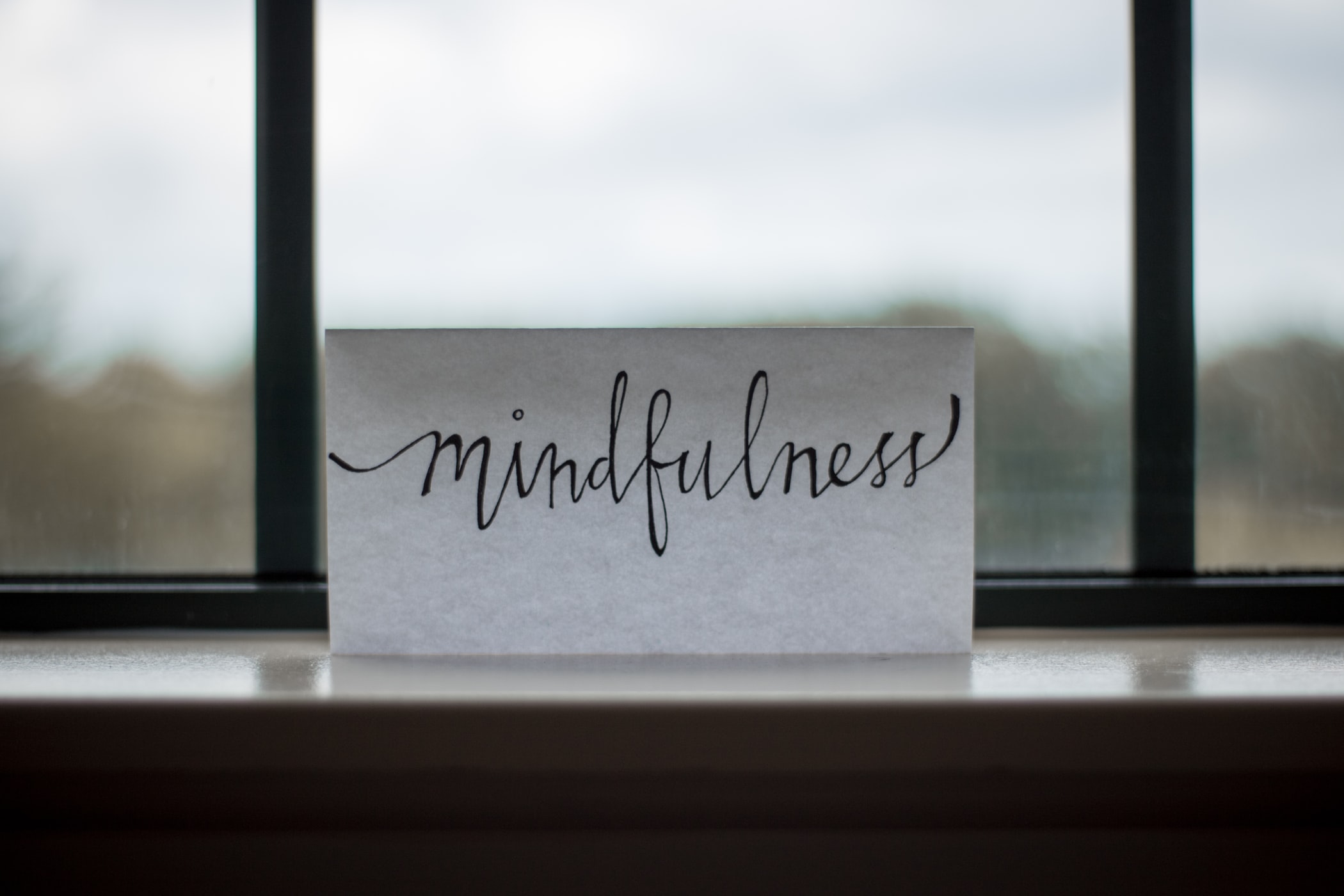Mindfulness meditation is a form of meditation based on focusing your attention on the present moment. Practicing mindfulness meditation is very simple: you don’t need to purchase any special equipment or even seek out a dedicated meditation space (although this can be helpful initially). Mindfulness meditation requires that you be present at the moment, continually bringing your attention back to your current experience. There are many different techniques, but they all rely on this central concept.
A basic mindfulness meditation
When you first begin to practice mindfulness meditation, it can be helpful to seek out a quiet space where you won’t be disturbed. Aim for short periods initially — five or ten minutes is fine. It may be helpful to set a timer, preferably one without a jarring alarm. There are plenty of meditation apps with pleasant tones or musical phrases to let you know when you’ve completed your meditation session.
Sit or lie down in a comfortable position, one where you won’t need to move for the duration of your chosen period. It would help if you were comfortable enough not to fidget, but not so comfortable that you’re likely to doze off.
Start to take slow, deep breaths, engaging your diaphragm, and filling your lungs as completely as you can. Place your hands over your abdomen. You should feel it rising and falling with each breath. Try to keep your attention on your breathing; it may help to count each breath. Don’t worry if you lose count; the numbers are only there to help you focus. It’s fine to start over from one.
Don’t worry about quieting your mind. Just accept that your attention will wander and, when it does, return your awareness to your breath. Acknowledge any thoughts that cross your mind but don’t dwell on them. Allow yourself to be aware of your emotions without judging or dismissing them. Just let them come and go, always returning to your breath.
Mindfulness in the shower
One significant advantage of mindfulness is that you can practice it in lots of different situations throughout your daily life. One example is turning your daily shower into a mindfulness exercise. Focus on the sensation of warm water on your skin, the fragrances of your soap or shampoo, and the simple process of washing. Keep bringing your awareness back to the experience of showering.
Washing the dishes mindfully
The simplest chores can become an opportunity for mindfulness practice. You can even mindfully wash the dishes. Just wash up as you usually would, but this time focus on the experience. Let yourself feel the warmth of the water and the sensation of the plates as you handle them, smell the dish soap, hear the splashing, and clinking sounds as you work. Take deep, slow breaths, and consistently bring your awareness back to your task.
Exercise mindfully
While it can be pleasant to distract yourself with music while you run on the street or to watch TV as you pace on a treadmill, it’s not a deep or meditative experience. You can turn your daily exercise routine into a mindfulness session by focusing on the process. Let yourself fully experience the sensations of your footfalls, the feeling of exertion in your muscles, the breath in your lungs. When your mind wanders, gently bring it back to your body and the present moment. Do this for at least part of your regular exercise routine, even if it’s only for 10 or 15 minutes. You can always turn your MP3 player back on once the timer rings. The key to mindfulness is to cultivate an awareness that’s not overly responsive. Acknowledge thoughts without fixating on them or trying to push them out of your mind. Let your emotions wash over you without worrying too much about cheering up or calming down. Allow yourself to experience the present moment without judgment or attempt to make your mind blank. Don’t forget to take advantage of small opportunities for mindfulness meditation exercises as you go about your day.
Tap for recommended posts on the tags you don’t follow





